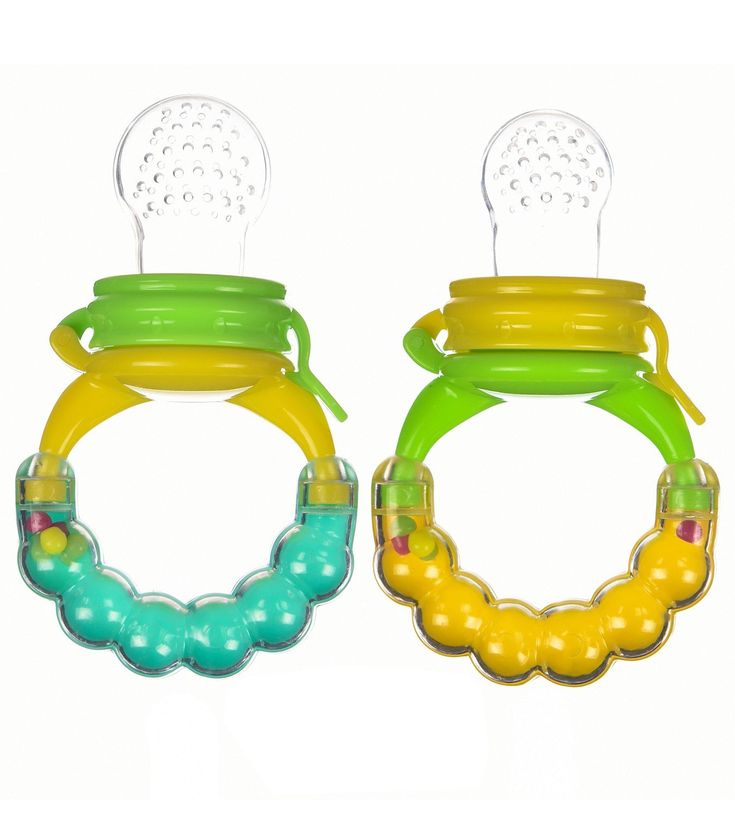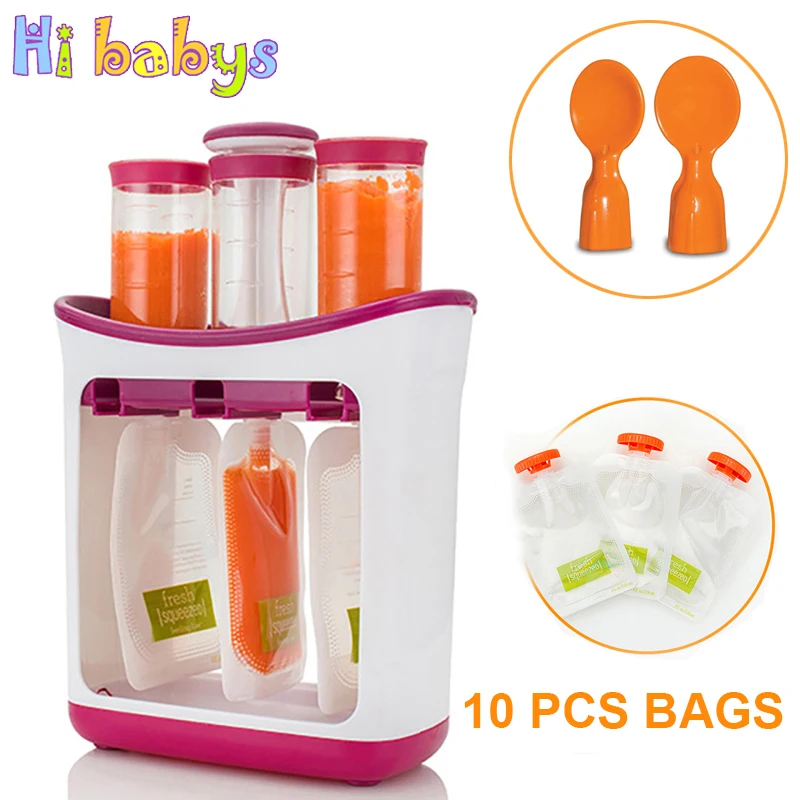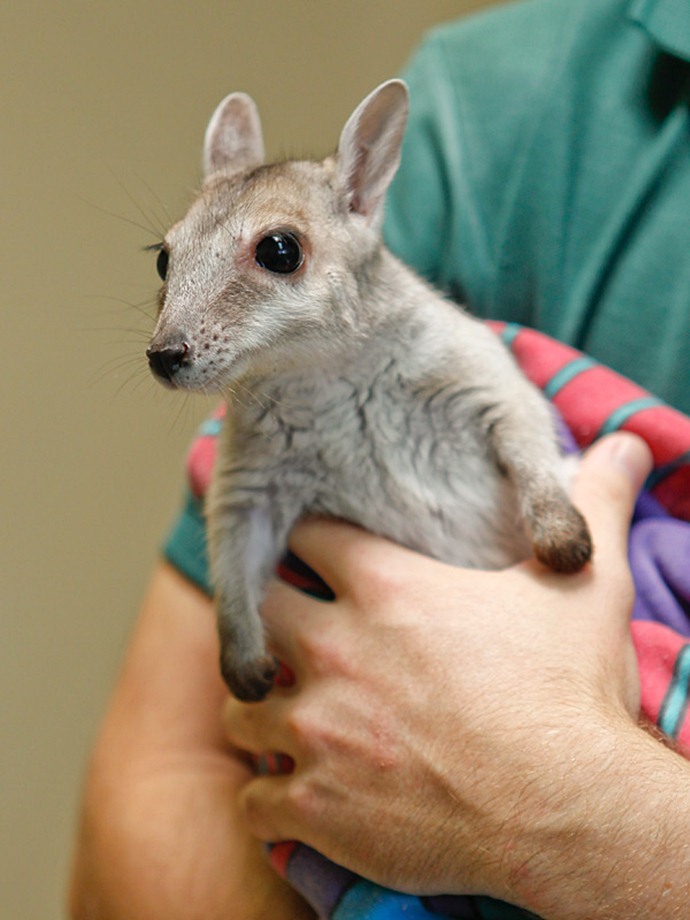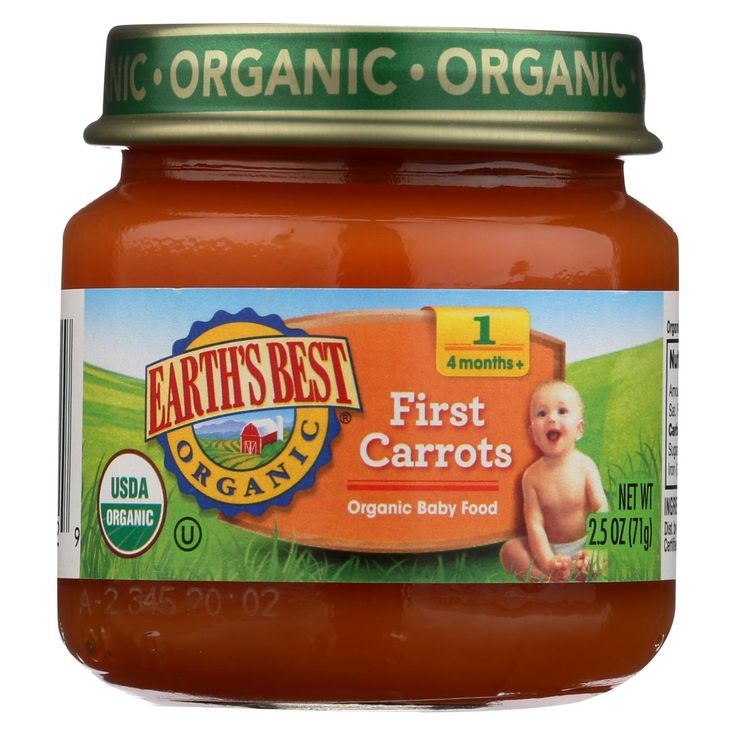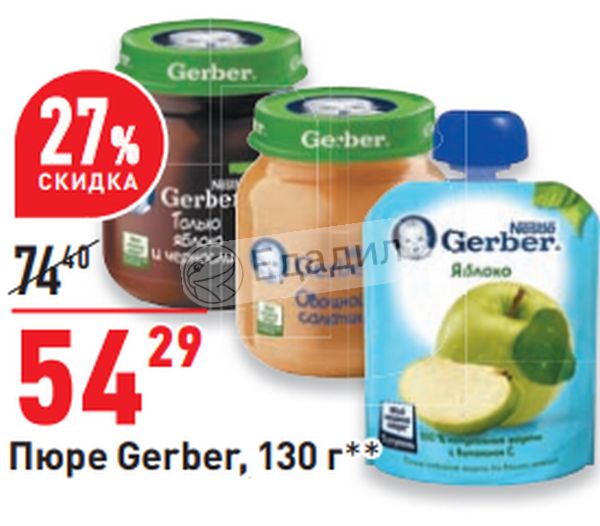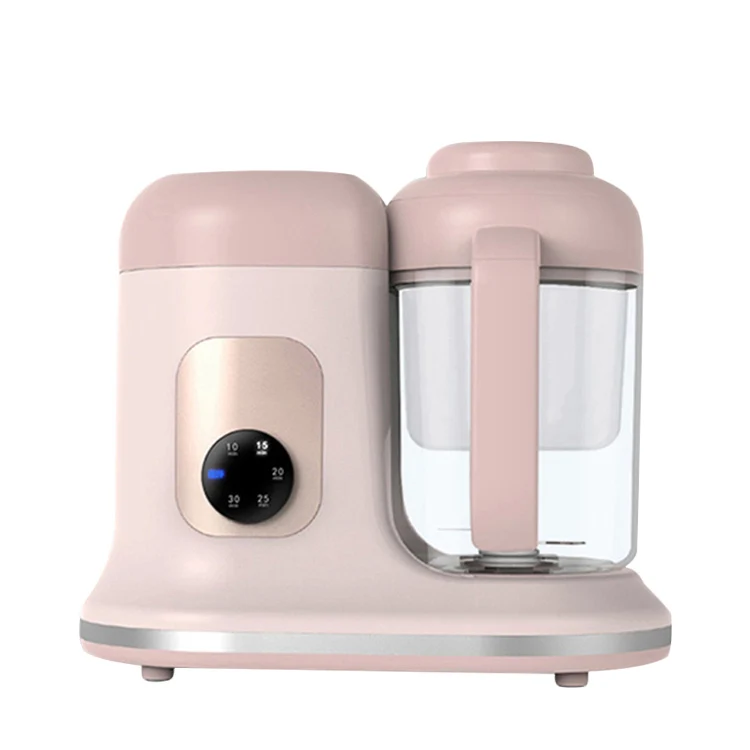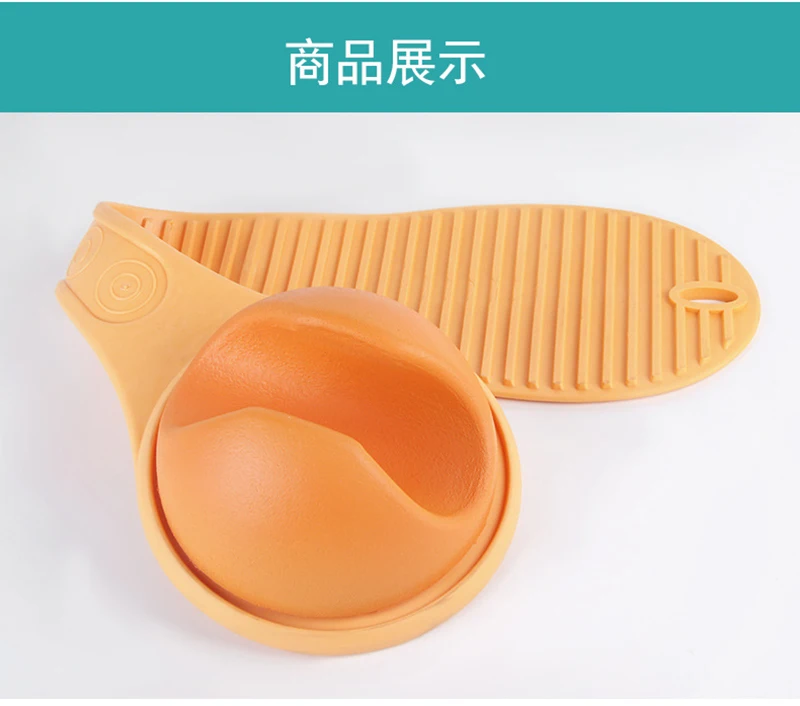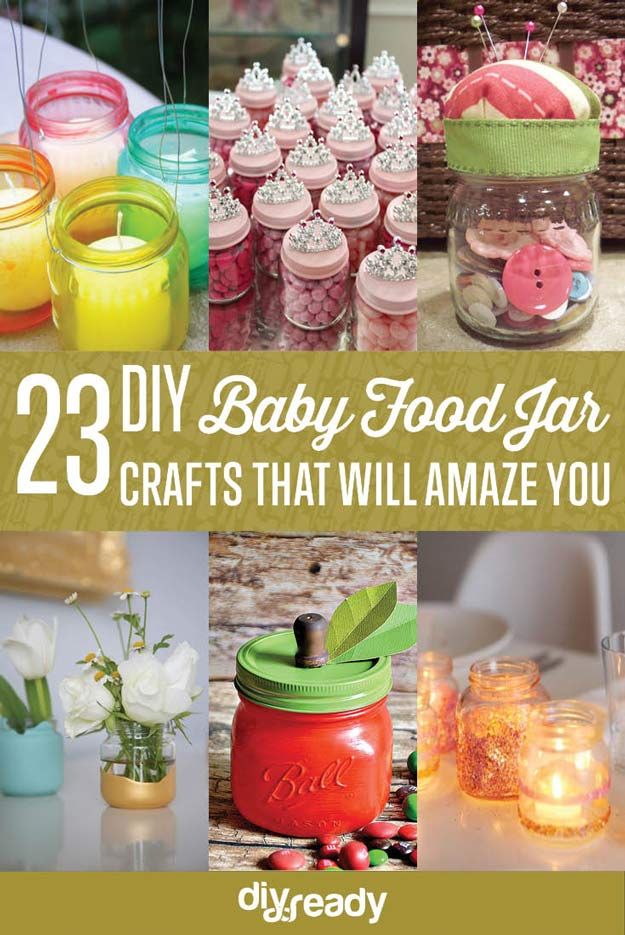Infant feeders for babies
Ultimate Guide to Baby Feeders: Mesh and Silicone
You may have seen baby feeders, whether mesh or silicone, and wondered what they are for. They are a great tool for feeding babies and toddlers—and are especially awesome for teething relief. There are many on the market though, so today I’m sharing the best of the best.
Baby Feeder
A baby feeder is made up of an easy-hold handle and a little pouch with lots of holes. The idea is that the holes allow some of the flavor and texture of the food to come out, without the concerns that may come with larger pieces of food.
This means you can worry less when it comes to choking risks.
One thing to keep in mind: They don’t allow babies to have the full texture experience of the food—since the texture is mostly the mesh of the feeder. That means you don’t want to use one of these for every meal (or even most meals).
Lots of exposures to lots of textures helps babies and toddlers gain confidence in handling all sorts of foods, which can make feeding kids a lot easier over the long run.
But an infant feeder can be a handy tool to have in the mix, especially if on the go, starting to transition to baby food, or trying out a new food that has you a little nervous.
And they are a great way to offer cold teething relief to soothe baby’s gums.
Baby Fruit Feeder
Many people like to use baby feeders to offer fruit, either fresh or frozen, since the product is a safe way for baby to suck on and explore the flavor of a wide range of fruit.
TIP: Another name for this is Baby Fruit Pacifier.
Best Baby Food Feeders
Below are my top picks for infant feeders chosen for ease of use, durability, and ease of care (as in washing!). There are different materials listed, as well as specific information on each product.
Best Mesh Feeder
Munchkin Baby Feeder, sold in a set of two. (Or choose the ones that come with travel caps.)
This baby feeder has a streamlined, simple design of a mesh bag for the food and a ring for baby to hold onto. Small, digestible pieces of food come through so baby is getting some nourishment (and comfort if using for teething) without the risk of choking. It’s about $7 for two of them.
Small, digestible pieces of food come through so baby is getting some nourishment (and comfort if using for teething) without the risk of choking. It’s about $7 for two of them.
Best Silicone Feeder
Boon Silicone Feeder
This baby feeder, which is priced at under $6, is made from durable silicone and can be used with fresh or frozen foods. The interior stem forces food toward the tiny holes in the feeder and the small handle is sized just right for baby’s little hands.
Kidsme Baby FeederBaby Feeder Pacifier Combo
Kidsme Food Feeder
This popular Kidsme feeder has a replaceable silicone pouch that comes in two sizes, so you can adjust and replace as your child grows. It has a unique handle style that some babies may prefer and can be used as a pacifier too. It’s usually priced around $15 and is recommended for ages 4-24 months.
What baby foods should I put into a baby feeder?
Here are some fruits that are good to serve in a baby feeder:
- Raspberries, fresh or frozen
- Strawberries, fresh or frozen
- Blackberries, fresh or frozen
- Cantaloupe
- Honeydew
- Banana
- Mango, fresh or frozen
- Roasted sweet potato
- Roasted butternut squash
- Ripe fresh pear
- Fresh cucumber, skin removed
- Watermelon
- Cooked red meat such as steak
- Frozen grapes (These are NOT safe served to a child this age in any other way as they are a choking risk.
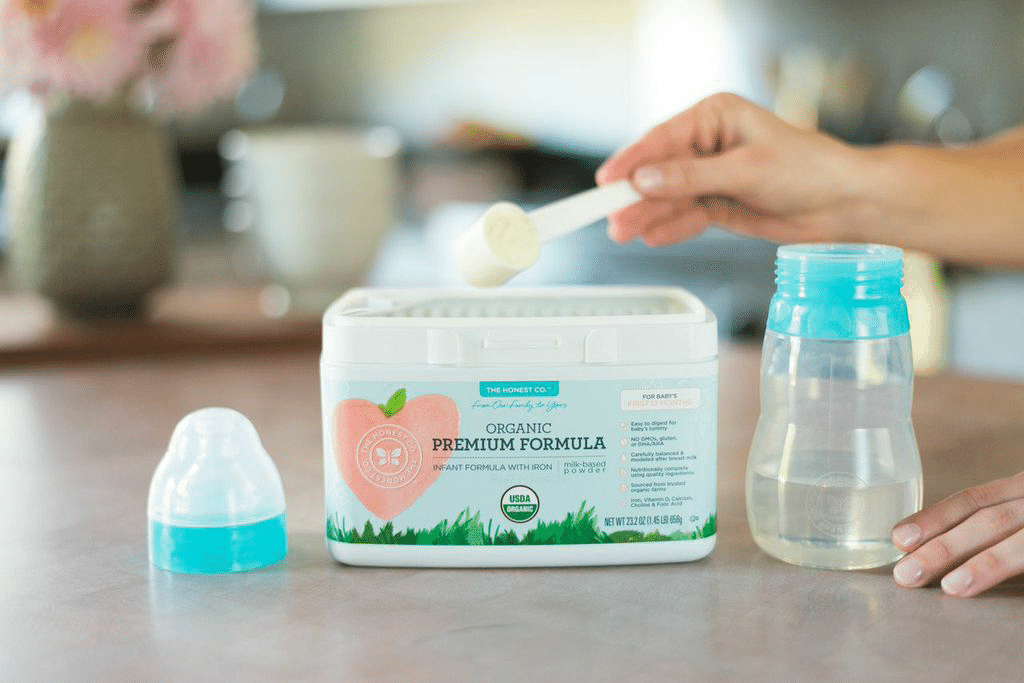 They are fine served inside the feeder, though.)
They are fine served inside the feeder, though.)
TIP: You can use frozen fruit or ripe fresh fruit that’s soft and easy to gum. Avoid any fruits or veggies that are very hard as baby may be frustrated by that texture.
Frequently Asked Questions
What age can baby use a mesh feeder?
Babies can use an infant feeder soon after starting solids around 6 months, or when they can easily hold it and bring it to their mouth.
How do I use a baby feeder to help with teething?
If you fill the feeder, whether mesh or silicone, with frozen fruit, you can soothe teething in infants who are eating solids or in toddlers. It’s cold and yummy, yet requires no real work for the child to suck on, so it’s comforting.
Are all of these baby feeders BPA-free?
Yes, if you choose a mesh baby feeder or one made from silicone, they are BPA-free.
What’s the best way to clean a baby feeder?
Try using a bottle brush or just running water to clean out the mesh. It should be fairly easy to clean if you avoid letting it sit too long with food in it!
Are baby feeders good for babies?
The one downside could be that if you rely on them too much, the child learns the texture of the feeder, rather than of the food. This can make it harder for a child to learn to move actual food around in their mouths and harder for them to accept a range of textures in the future when you don’t want to be using the mesh feeder as much.
Because of that, I recommend using this product at limited times such as when on the go at a restaurant or to help sooth a teething infant, baby, or toddler.
This is not recommended as a way to feed your child at every meal.
If you are worried about choking, review this information on toddler choking and trust that if you serve foods that are easy to squish between your fingers, baby is sitting down at meals, and you are with them, they will learn to eat like so many other kids who have gone before them!
You May Also Like
- Best Baby Puffs
- Favorite Sippy Cups
- Best Snack Containers
- Best Lunch Boxes
- Favorite Suction Bowls
- Top High Chairs
I’d love to hear your thoughts on baby feeders in general or on these specific products, so please comment below to share!
This post was first published May 2019.
5 Best Silicone Baby Food Feeders To Buy 2020
A baby feeder is used to introduce solid food to babies without worrying about the risk of choking.
A food feeder looks pretty similar to the shape of a baby pacifier but much bigger than that.
The food feeder comes with either a mesh or silicone pocket where you fill your solid food in.
Every food feeder comes with a cover that closes at the bottom to hold the food inside the pocket.
The food feeders also feature an easy to grip handle for babies to hold and gnaw the food. Some food feeders have a cover that goes over the pocket for hygiene.
Table of Contents
How Do Baby Feeders Work?
Food feeders serve a pretty simple purpose and are not complicated to use.
- Choose some age-appropriate food you want to feed your baby
- Clean the baby feeder
- Open the lid and put the solid food inside the mesh or silicone pocket
- Close the lid, remove the cover (if your feeder has one)
- Hand it over to the baby and watch them make funny faces while trying new foods.

- Once they are done, dump the excess food, wash, dry and repeat.
Sounds simple, right?
Are Food Feeders Good For Babies?
There are a million baby gadgets in the market today, and you are probably wondering if you need one more. Hear me out.
I swear the baby feeders are AWESOME! For the price they cost, they do a fantastic job, and babies enjoy them.
Here are 5 reasons why you need a baby feeder.
1. Teething:
If you have a teething baby, then you might already know that teething babies love to bite on everything. Baby feeders, especially when served with cold food, can be soothing to aching gums and relieve their teething pain.
If your baby has not yet started solids, then you can fill the feeder with frozen breast milk or formula ice cubes.
2. Prevents Choking:
One of the scariest things that I faced while introducing solid food to my babies was when they started to gag or appeared to choke.
By using food feeders, you are not exposing your infant to big portions of food particles, which creates a safe feeding environment for them to try new food.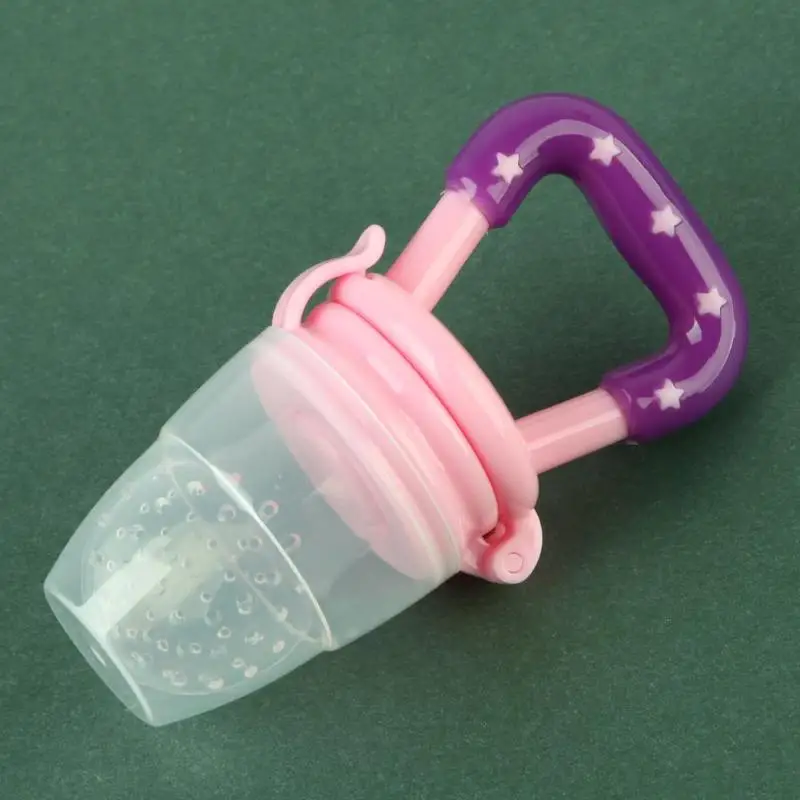
3. Develop Motor skills:
Food feeders encourage babies to practice self-feeding. It develops the hand-eye coordination that is needed to master spoon or finger feeding.
4. Keep Them Busy:
This has to be my favourite reason!
When I ran out of ways to keep them busy, I would just put some frozen fruit in the baby feeder and hand it over to them.
They happily enjoy their snack while I get some time to finish my work.
5. Sensory Experience:
Food feeders also provide a good sensory experience which babies love. It also instils a positive attitude towards trying new food.
Silicone or Mesh? Which one to Choose?
I am 100% team silicone, and I would highly be using silicone feeders because they are easy to clean and a plastic-free option to use.
Mesh feeders are a pain to clean, food gets stuck in between the mesh, and it is challenging to get them out.
I tried mesh feeders before; I was naive enough to try them with bananas.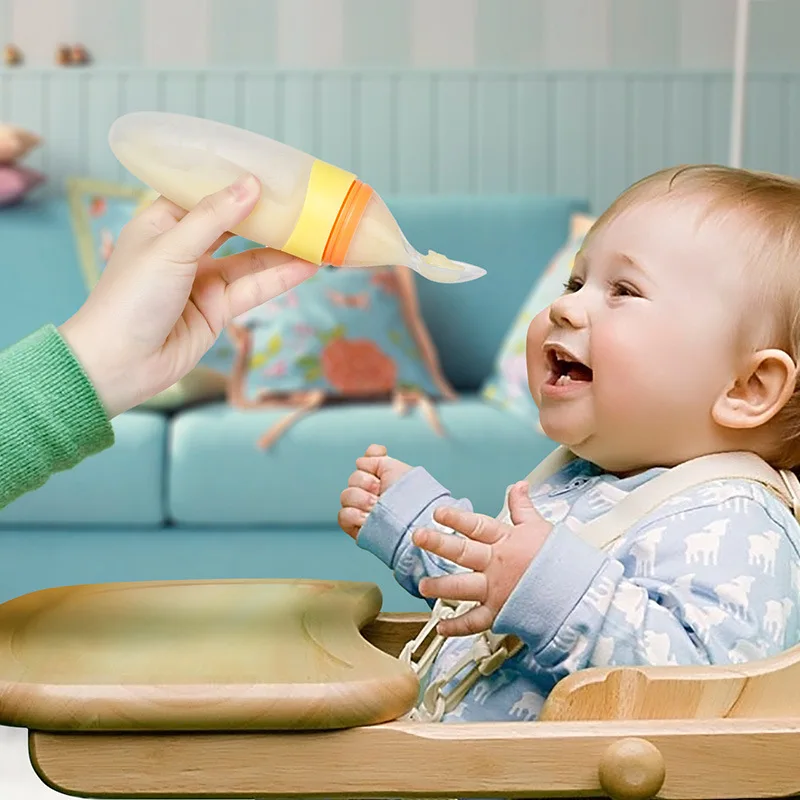 I let them sit on the counter before washing them.
I let them sit on the counter before washing them.
Let’s say that I had to throw the mesh feeder away; I went and bought a silicone feeder and never looked back again.
If you still want to try mesh feeder, then munchkin ones are hands down the best.
Best Silicone Baby Feeders:
1.Boon:
BUY NOW
Boon is one of my favourite brands. They really care about their customers and only use safe materials to make their products.
Their silicone feeder is particularly my dearest. The feeder itself is made of soft, food-grade silicone with small holes through which your baby can taste the food.
It comes with a firm handle for babies to grab and enjoy their treat.
Boon feeder was perfect when we started with solids and was great relief during the teething phase.
Some parents complain that they find it small, I did not find it so and you can always refill and offer seconds if they want more.
I did find that my kids had a hard time getting any solid food like solid apples out of the boon feeder, so I always offerred food that were soft and juicy like berries.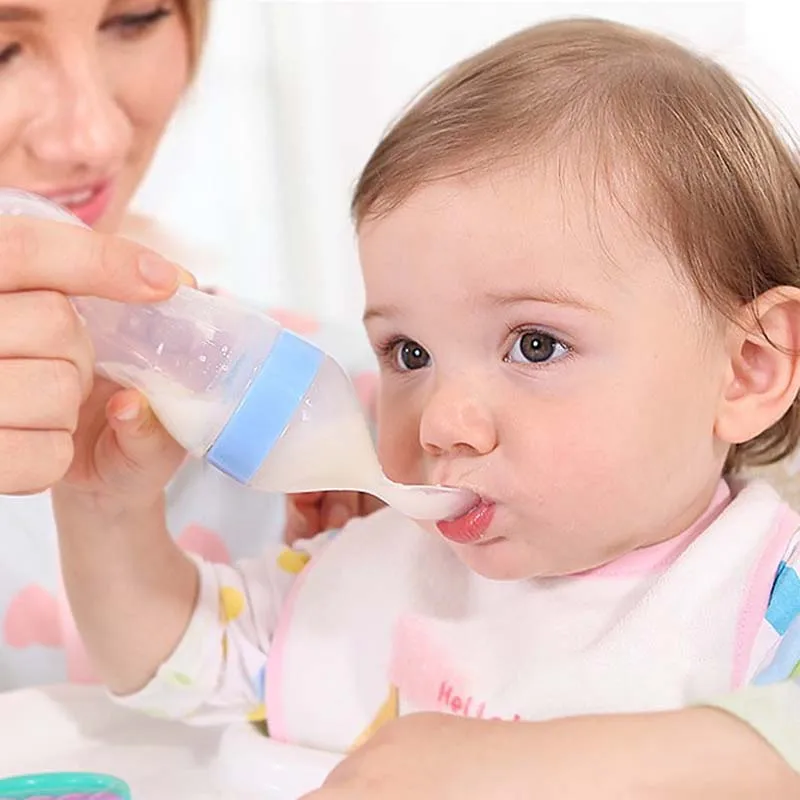
2.Kids Me Food Feeder:
BUY NOW
Kids me feeder comes very close to Boon feeder for me. For serving at home, I usually alternated between both Boon and Kidsme.
When I am out and about, Kidsme was the winner for various reasons.
1. Boon does not come with a cover, but Kids me does. You can easily keep the feeder closed, hygienic using the cap.
2. Kidsme feeder also comes with a hole between the handles that attach to clips or holders to prevent dropping on the floor.
3. Kidsme comes in two different sizes, medium and large; you can use the appropriate size based on your baby’s age.
4. My babies seem to love the double handle, and they found it easier to grab them with both the hands.
The sac itself is made from food-grade silicone and FDA certified. You can also buy replaceable silicone sacs to use instead of buying the whole feeder if you want.
The textured silicone sac is also great for teething babies. Seriously, it is a lifesaver when you offer chilled or frozen foods in this feeder.
Your babies will thank you and may even reward you with 30 minutes of fuss-free time.
3. Ashtonbee Baby Feeder:
BUY NOW
AshtonBee Feeder looks pretty similar to Kidsme. AShtonBee also comes with a cap to cover the silicone sac and a safety lock that ‘clicks.’
Ashtonbee is marketed as a silicone feeder and pacifier because it clams your child down during teething pain.
The silicone sac itself is food-grade silicone that is free of BPA, Lead, Petroleum, Phthalates, so it is safe for your baby to nipple.
4.Nature Bond Fruit Feeder:
BUY NOW
If you dislike the idea of buying different size feeders as your baby grows and wondering if there is a product that grows with your baby, then Nature Bond food feeder is where it is.
You get two pack baby feeders, and it comes with 3 different pair of sizes-small, medium and large.
The sac is made of food-grade silicone that is BPA Free, Latex Free, Phthalates Free, and Lead-Free.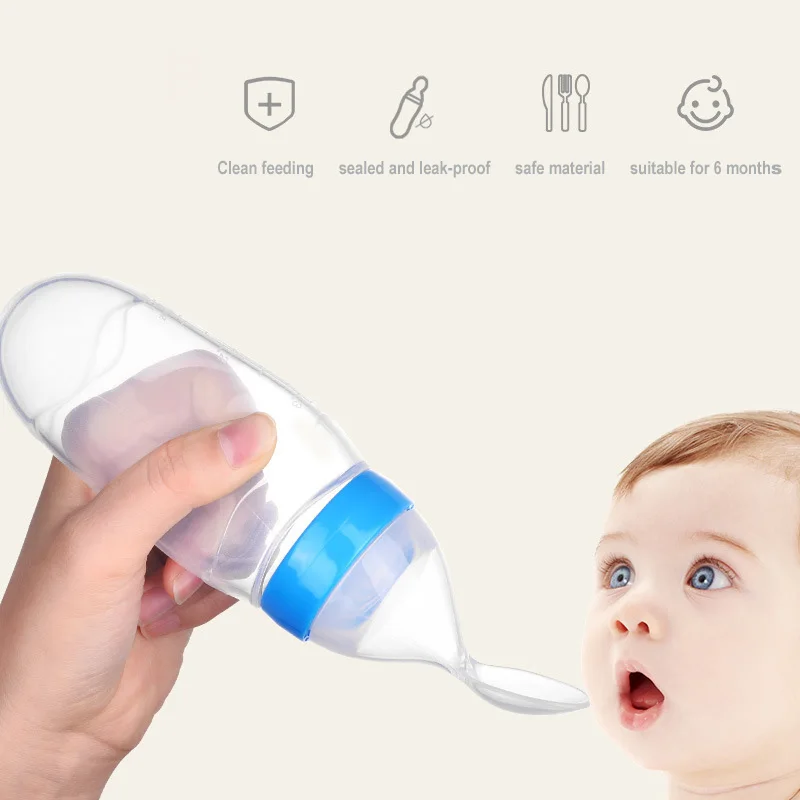
Nature bond feeders come in fun colors (think candy!) that your kids will love.
5. Moss and Fawn Forage Feeder:
BUY NOW
We at ANM, love supporting mom businesses and that’s why this brand is special to me. Sofia, the owner of Moss and Fawn, sent me her forage feeder to try and I loved it.
Please note that I only received the product for free; I was not compensated to write this post; all opinions are my honest views.
The product comes with a feeder and three silicone sacs that grow with your baby.
The forage feeder comes neatly packed in a cloth bag and also contains a booklet that guides on how to use the feeder and offers suggestions on best foods to try.
I love the company how this brand believes in sustainability and makes a conscious choice at every step of making the product.
Their packaging is recyclable, the booklet is printed in a wind-powered facility, and printed with vegetable ink on recycled paper.
They also use 100% cotton bags to pack their feeder and 100% natural wood strands as filling that are easily compostable.
The forage feeder is made of safe, non-toxic food-grade silicone, tested free of BPA, PVC, Phthalates, and Lead and is also FDA and CPSIA compliant.
Yay! for this company for looking out for your baby and the environment.
Let’s Wrap Up:
Silicone feeders are safer and easier than using mesh baby feeders, in my opinion. They are perfect to introduce solid foods to your baby and works wonders during teething.
Not all silicone feeders are made the same, though. It is important to look for one that is made with food grade silicone without any fillers.
Also, I highly recommend using a one that is free of unwanted chemicals like BPA, phthalates, lead and pvc.
Considering all the above points,
Here is my list of Best Silicone feeders to Buy (2019):
- Boon Silicone Feeder
- Kids Me Food Feeder
- AshtonBee Feeder
- NatureBond Food Feeder/ Pacifier
- Moss and Fawn Forage Feeder.
Did you use any food feeder? Which one did you use and how did you like it?
Sharing is caring!
108 shares
Bird feeder as a way to develop children's attention
At all times in the upbringing of children, it was very important to instill in the younger generation care, love, attention to birds and various animals.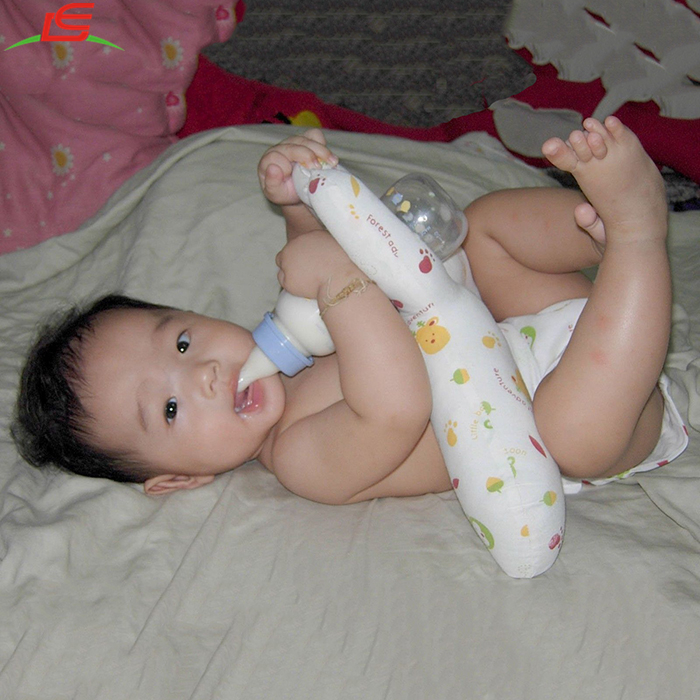 Parents should gradually introduce the baby to the world of birds, explaining to the baby the role of man in the world around him, nature. It is for such cases that do-it-yourself construction for birds of comfortable, beautiful, practical feeders is perfect.
Parents should gradually introduce the baby to the world of birds, explaining to the baby the role of man in the world around him, nature. It is for such cases that do-it-yourself construction for birds of comfortable, beautiful, practical feeders is perfect.
Caring for cute birds will bring real joy to the baby, while he will begin to understand that everyone who needs it needs help, including feathered representatives of nature. In fact, this is the first step in comprehending such an important feeling as mercy, attention to others.
Knowledge never hurts
It is necessary to explain to the child in an accessible form that any actions of a person can influence the world around them. And these actions do not always have a positive effect on nature. The kid must understand that you should take care of the world around you and its inhabitants. It is better to leave specific facts out of the brackets, including the mortality of titmouse during the period of severe cold, so as not to upset and even frighten the young naturalist.
In the process of making the feeder, the parent will have to touch not only the direct construction, but also issues of science and natural history. The child will certainly become interested, and for which birds there will be a feeder. Here, dad or mom will have to remember the school curriculum and tell that about seven dozen different birds remain in Russia for the winter in cities and adjacent areas, including titmouse, blue tit, Muscovy, Gadgets, woodpeckers, bullfinches.
Unobtrusively, but it will be very interesting for a child to learn that it is birds that bring great benefits to people and all nature, because they eat harmful caterpillars and bugs. In winter, such “harmful” food tries to hide, for example, under the bark of trees, so many birds cannot get them out of there. And the plant seeds are already covered with a thick layer of snow, which can only be reached after the snow and ice melt.
Understanding the complexity of feeding birds in the winter, a person must help the little birds, which is what you need to tell the baby.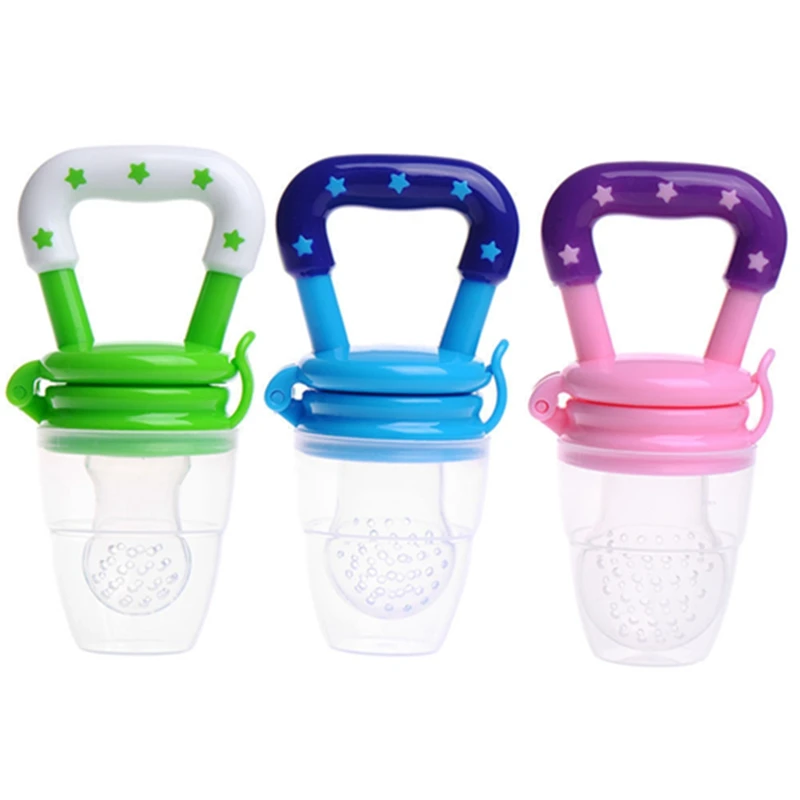 Believe that each new fact will be very interesting for him, because the parents tell everything with paternal love.
Believe that each new fact will be very interesting for him, because the parents tell everything with paternal love.
And don't forget about the fact that when making a feeder, always busy parents will spend several hours with their child and give him such necessary attention. Just imagine how children's eyes will glow with happiness, seeing their beloved father and mother next to them, trying to help the young naturalist.
Types of bird feeders
Of course, you can go to the nearest market or shop and buy a ready-made bird feeder, but it’s more correct and better, from the point of view of competent upbringing of a child, to make it yourself using improvised means, simple materials and devices .
"Classic"
The classic model of the feeder looks like an open gazebo, in which there is a reliable roof and a solid floor. It is on the “floor” that dad and son will put tasty and healthy food, food for birds. To prevent the wind from blowing the food off the floor, it is necessary to make sides of a small height on the sides of the floor.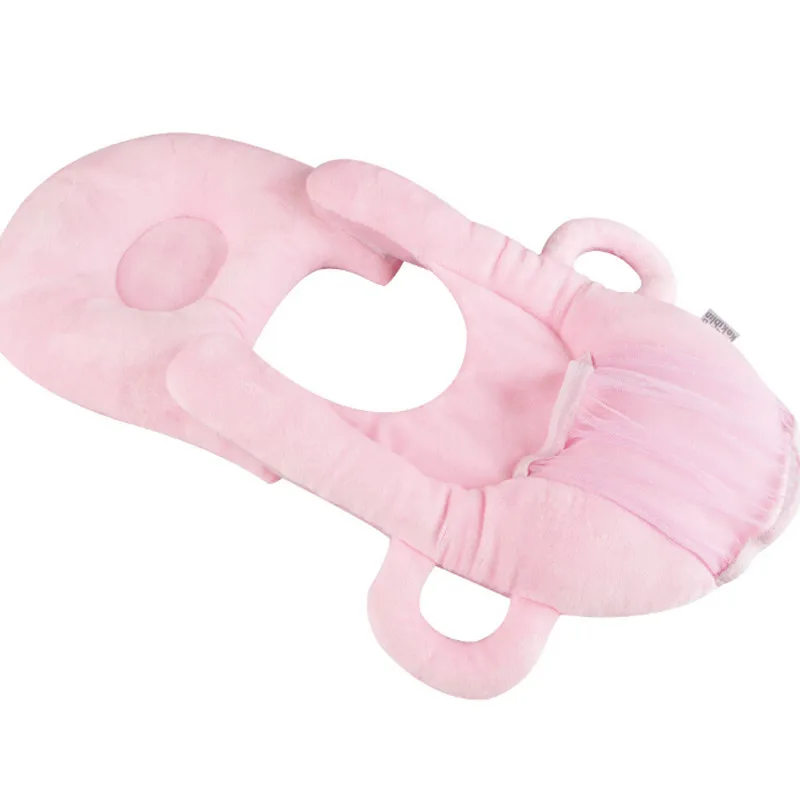 From snow and rain, the food will be reliably protected by the roof. Another important point is the organization of drainage holes in the floor through which water falling from the sides escapes. If the water is not taken away in time, then the food will soon become moldy and cease to be useful for the birds. When making such a feeder, it is worth considering that the edges and walls should not have sharp edges so that the birds do not damage their wings. At each stage of creating this design, it is worth explaining to the child the usefulness and importance of each action, thereby the child will also begin to comprehend the initial building skills.
From snow and rain, the food will be reliably protected by the roof. Another important point is the organization of drainage holes in the floor through which water falling from the sides escapes. If the water is not taken away in time, then the food will soon become moldy and cease to be useful for the birds. When making such a feeder, it is worth considering that the edges and walls should not have sharp edges so that the birds do not damage their wings. At each stage of creating this design, it is worth explaining to the child the usefulness and importance of each action, thereby the child will also begin to comprehend the initial building skills.
"Neoclassic"
For the first version of the feeder, you need to have wooden planks, sticks, a few nails, which is not always at hand. In this case, you can make a less troublesome, but no less effective "canteen" for the birds. Take a juice bag, milk bag, or a 5 liter drinking water bottle. Carefully cut holes on both sides, remembering to leave a small shoulder at the bottom.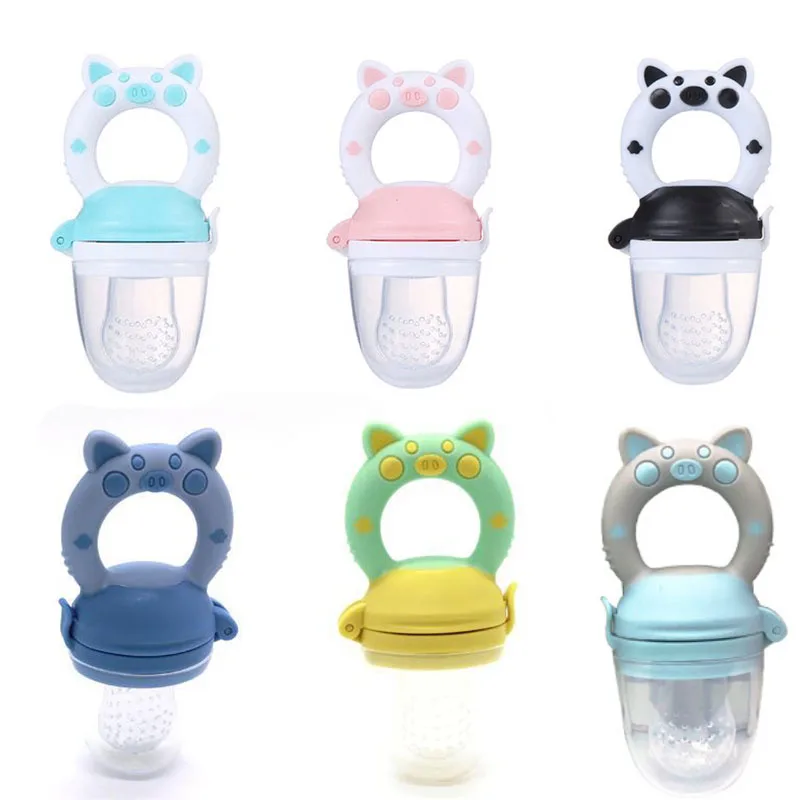 In the upper part, thread a piece of wire or a thick rope, with which the entire structure will be suspended from a tree knot. In the manufacture of this type of feeder, the child is again taught, because it is worth telling him about caution when handling sharp cutting objects (knives). Another small step in the child's understanding of the world around him.
In the upper part, thread a piece of wire or a thick rope, with which the entire structure will be suspended from a tree knot. In the manufacture of this type of feeder, the child is again taught, because it is worth telling him about caution when handling sharp cutting objects (knives). Another small step in the child's understanding of the world around him.
Wall-mounted "cage" for grain mix
For a simple but reliable design, you will have to find some coarse mesh in the garage or storage room. Turning on the inner sense of a sense of space, you need to make a small box. Don't worry if its shape and dimensions look a bit ridiculous. The main thing is the cause for which it was created.
Inside the mesh space box, you can put the grain mass prepared in advance from coconut oil, vegetable oil and 300 gr. grain mixtures. The oil is heated, grains are added. The whole mixture is poured into small molds, and after solidification, it is laid out in feeders.
Pumpkin arbor
Probably, many parents have a dacha or a couple of beds in the village, where a lot of vegetables and fruits have grown over the summer. A small pumpkin is perfect for making a feeder. It is enough to cut a through hole in the body of the pumpkin, which should subsequently be cleaned of seeds. With the help of a piece of wire or rope, the pumpkin is hung by the tail on the nearest tree. At the bottom of the new "dining room" feed is poured out. Simple, but very beautiful and comfortable feeder. Here you can also tell your child about vegetables and their benefits. It would seem that a simple pumpkin, but how many benefits can a person get when eating it. In a simple and unpretentious way, tell your child some fairy tale related to this unique vegetable.
A small pumpkin is perfect for making a feeder. It is enough to cut a through hole in the body of the pumpkin, which should subsequently be cleaned of seeds. With the help of a piece of wire or rope, the pumpkin is hung by the tail on the nearest tree. At the bottom of the new "dining room" feed is poured out. Simple, but very beautiful and comfortable feeder. Here you can also tell your child about vegetables and their benefits. It would seem that a simple pumpkin, but how many benefits can a person get when eating it. In a simple and unpretentious way, tell your child some fairy tale related to this unique vegetable.
A tin can to help you
A very tempting solution for birds is a bright tin painted in various colors. It is enough just to cut off the bottom of the jar from any end and process the edges to remove sharp edges. Sprinkle food inside such a feeder. Due to the presence of one end "wall", the food will not fly out during gusts of wind.
Use a bright satin ribbon to hang the jar from a branch of a tree. Due to the beautiful bright color, such a feeder will not only be a wonderful gift for the feathered "brothers", but also an unusual decor element of any garden or yard.
Due to the beautiful bright color, such a feeder will not only be a wonderful gift for the feathered "brothers", but also an unusual decor element of any garden or yard.
Wicker twig feeder
This type of feeder is considered quite difficult to manufacture, because you have to watch several videos about construction technology. The main thing is to find long rods of the vine, without growths and knots. A little patience and perseverance from the parents and the child and the feeder will be ready. Thus, the child can develop perseverance, which will be very good during the lessons at school.
A little about bird food
Ornithologists say that each bird has its own food preferences. So titmouses prefer cheese and a piece of salted bacon, dried meat. For such treats, you can whip up a mini feeder. A piece of meat is strung on the tip of the wire and immediately hung on a tree knot. With its small but strong paws, the bird will confidently hold on to a piece of meat, eating it appetizingly. At the same time, even gusts of wind will not be afraid of such a "dining room", swaying measuredly with a bird.
At the same time, even gusts of wind will not be afraid of such a "dining room", swaying measuredly with a bird.
Next on the list of bird food are sunflower seeds (raw, roasted, dried). Clever birds with husks do not swallow seeds, but very scrupulously peck out the kernels. In addition to sunflower, you can pour seeds of melon, pumpkin, millet, millet. Just keep in mind that any food must be necessarily unspoiled, fresh.
Benefits for children
Each of the feeders discussed above can be considered not only a real masterpiece of joint building art, but also a real storehouse of knowledge, which is told to the child by his parents. Describing each stage, talking with the child, carefully listening to their child, parents teach not only the baby, but they themselves comprehend the difficult, but such a pleasant lesson in communicating with their son or daughter. Step by step, year after year, moving from a simple feeder, for example, to a more complex birdhouse, parents again and again teach their child new life tricks.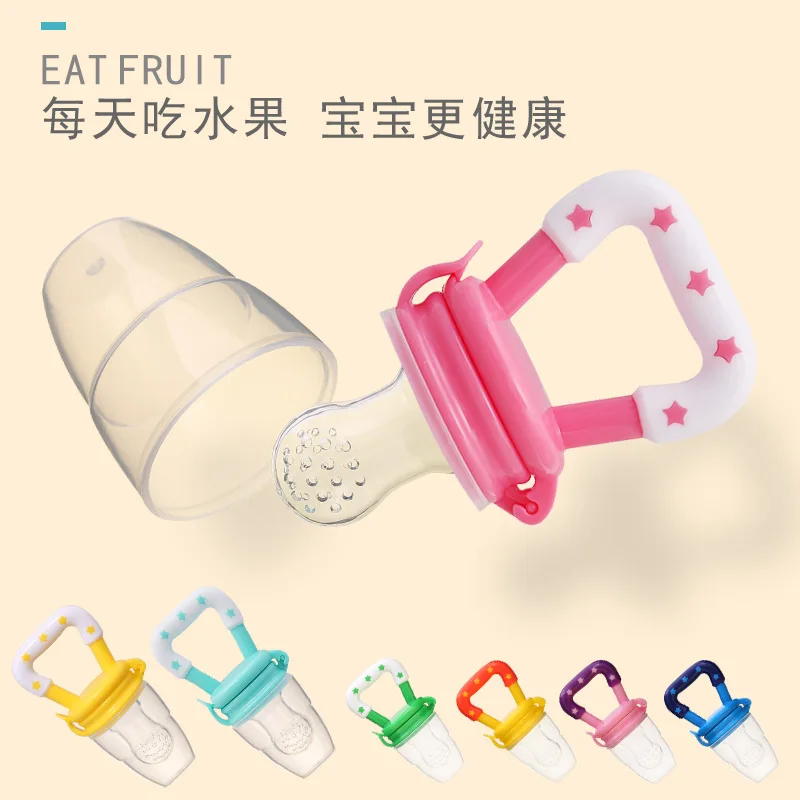 The process is endless, but very, very enjoyable.
The process is endless, but very, very enjoyable.
A country of empty feeders - Katerina Murashova - Children - Site materials - Snob
Parental complaints about children's unwillingness to study, their willfulness, stubbornness, addiction to computer games - all this is a common thing in my office. But recently, quite often (and every year, alas, more and more often) families come and complain about the "calling", emotional dullness of their children.
These children are often very intelligent, but they do not know how to sympathize with those who are nearby (at the same time, book or movie characters are sometimes quite able), they do not recognize the feelings of other people, they do not understand the emotional consequences of their actions, they are not interested in anyone but themselves. People (classmates, teachers, parents, acquaintances) are often seen by them as simple schemes, or even simply objects for simple manipulations (they, as a rule, are incapable of complex ones precisely because of a lack of understanding of the emotional side of what is happening).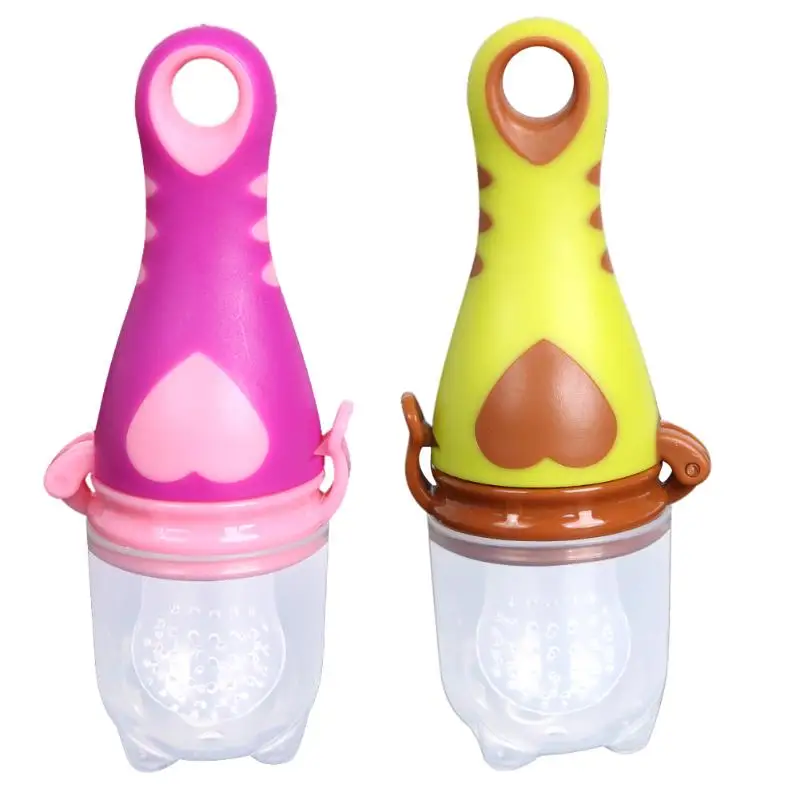 Teachers I know sometimes also describe something similar in their students, both small and large.
Teachers I know sometimes also describe something similar in their students, both small and large.
Why is this happening? Anxious adults nod at the TV, virtual reality, the material ideals of the consumer society, computer games, the acceleration and cruelty of the modern world, the lack of "yard life", even, sometimes, at some kind of "autism epidemic". And all this, mind you, along with almost public hysteria about tolerance, universal humanism, “acceptance of the other”, etc.
But it is clear that before “accepting the other”, it would be nice to see him. And not as an object of your concern (allowing you to feel humane and tolerant), but as a subject with his own needs and problems.
So today we are going to talk about bird feeders made by children.
It seems that it can be more humane, touching and harmless? This is certainly not about childish callousness and parental and pedagogical anxieties. However.
One day, at the end of this winter, I suddenly discovered that the trees and bushes of our rather green quarter in the Moskovsky district of St. Petersburg were hung with numerous groups of “bird feeders”. The quotation marks in my statement are explained by the fact that in fact the vast majority of these objects as feeders were unsuitable, and there was no food for birds in them. Judge for yourself.
Petersburg were hung with numerous groups of “bird feeders”. The quotation marks in my statement are explained by the fact that in fact the vast majority of these objects as feeders were unsuitable, and there was no food for birds in them. Judge for yourself.
- Photo: Katerina Murashova
It is difficult or impossible to get into such a “feeder”. None of them has a perch for a bird to sit on, light paper bags and bottles are twisted by the wind, the sharp edges of the plastic cut the legs of the birds ... Do I need to continue?
But what is this phenomenon? Where do these freaks in the bushes and trees come from? And this is another bureaucratic humanitarian initiative for elementary school students and kindergarteners - we will do everything at once and hang up bird feeders! That's right - every group, every class. And on every bush, like a company of cheerful gallows, it will hang out ... This is good, we teach our children to take care of our smaller brothers!
Do you think this is our local, regional or city initiative? I thought so too. However, by the will of fate, I had a chance to ride around Russia. Here they are, dear ones - in Yekaterinburg.
- Photo: Katerina Murashova
And here is in Khabarovsk.
- Photo: Katerina Murashova
This is an all-Russian initiative, do you understand? The whole country will hang feeders and teach the younger generation to care for near and far!
And then right now I hear muttering: well, of course, of course, our legislators are always generating all sorts of stupid initiatives, and then... Stop! Everything is fine with this initiative! Absolutely no fault of the officials, the virtual world, the world of consumption and, of course, the children are not here. Attention.
You are a teacher, and such an initiative came to you from above. A good thing in general is feeders. In fifteen minutes you tell the children how the birds of your area eat, what feeders they need, what they must have (perches, sides that are comfortable for paws, fixation, etc. ) and what they should not have in any case. Tell us what such feeders can be made of and (important!) Which of these is more convenient and pleasant for the birds themselves. Then - the most reasonable! (children are small, clumsy) - you propose to make one high-quality feeder for the whole class and then establish a watch: who should pour food there when. If the children agree, then two or three lessons of labor are occupied with the manufacture of a feeder and its reasonable placement on the ground. At the same time, the children will watch how they saw, hammer nails, etc. If you yourself don’t know how, some dad (or mom) will help - it’s really a good thing. If the children themselves want to, send them home and once again specify which feeders will be accepted.
If you then, as a child who, who tried at home, brings such
- photos: Katerina Murashova
or even such
- photos: Katerina Murashova
feeder, what are you saying? You say that rustling paper scares the birds, and in these rings and chains they can even break their paws. And of course, do not hang these feeders anywhere. However, if you initially spent 15 minutes and explained everything to the children, they will not bring you such feeders.
If for once they brought you a well-made feeder,
- Photo: Katerina Murashova
- Pay attention to the perch on the side
Pay attention to the perch on the side decorate it with frightening birds and a white glossy advertising poster that makes it difficult to approach! If you still want a poster, it is quite possible to attach it to a tree trunk higher or lower, but it would be better for the whole kindergarten to make sure that there is something edible in the feeder (when I saw this feeder, it was completely empty ).
Now on. Here you are a parent, and a child from school came to you with the task of making a feeder. What are you doing? If you are not an amateur ornithologist, then, of course, first you climb the Internet. Then tell the child what kind of birds you actually have there, what they eat and what requirements they have for the place of feeding.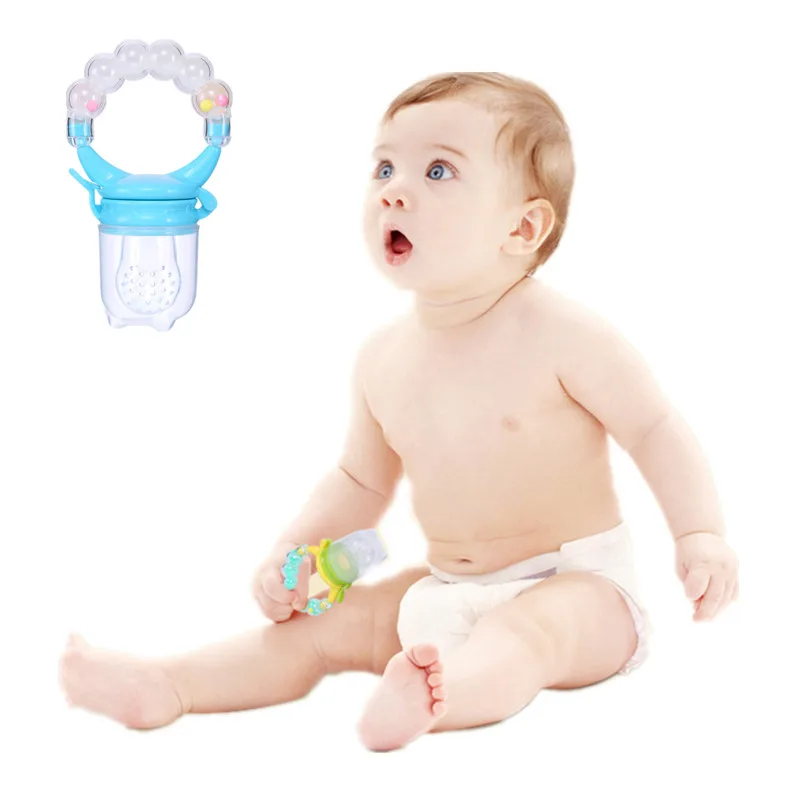 Then, taking into account all this, you jointly develop a project and proceed to the manufacture of the feeder. Then until the summer, at least make sure that there is appropriate food in this feeder. Provide it to the child, remind, go there together, etc.
Then, taking into account all this, you jointly develop a project and proceed to the manufacture of the feeder. Then until the summer, at least make sure that there is appropriate food in this feeder. Provide it to the child, remind, go there together, etc.
And that's all, all the time you emphasize to the children that this is done from the interests of the birds, and not to satisfy officials, self-promotion, someone's aesthetic needs, etc.
To be able to understand the other. Learn to understand others. Do we (each of us) really teach? Or are we fooling around?
- Photo: Katerina Murashova
By the way, this is what an ideal, time-tested, “living” bird feeder looks like. When I approached her to take a picture, three birds were feeding on her - two tits and, it seems, a crossbilly.
Katerina Murashova:
Real Madrid and its inhabitants
Why modern children do not want to play in the yard, preferring virtual communication
Katerina Murashova:
Sweet monster.
